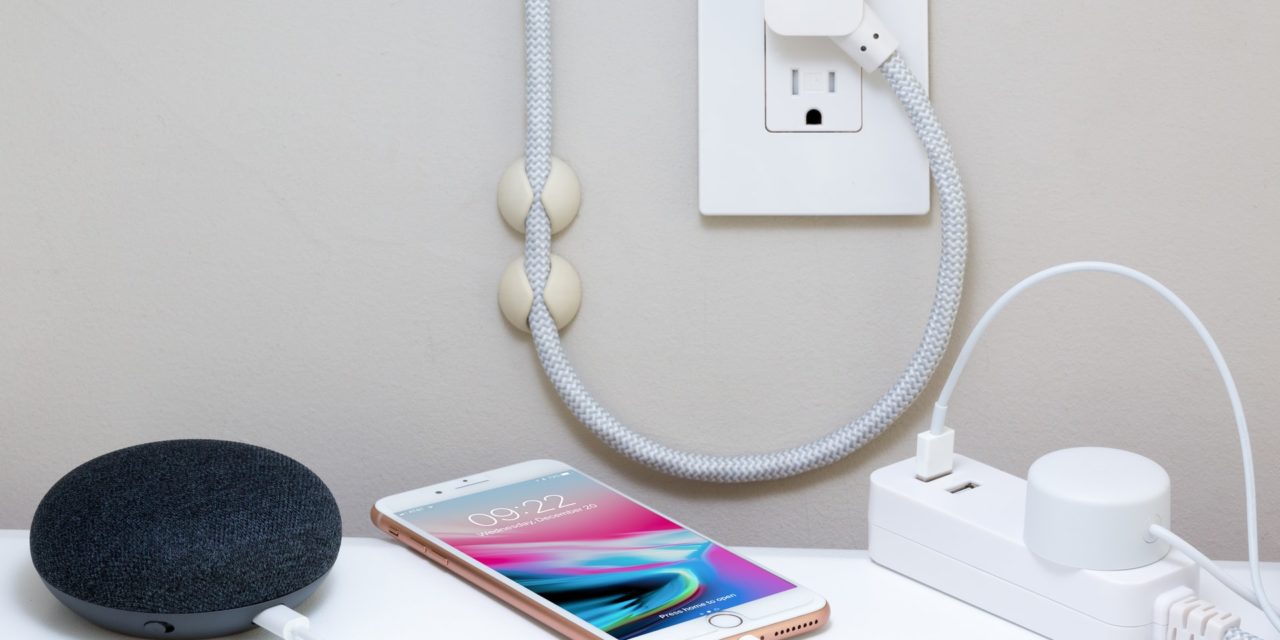[ad_1]
Imagine it's a hot, humid day and the temperature is rising. The local electric company is reaching it maximum generating capacity, so it sends a signal to your home automation system to reduce the electrical consumption in your house. Your home automation system responds by raising the set point of your thermostat and only energizing the water heater when absolutely necessary. For your ability to shed some load, you get a discount on your energy bill. Welcome to the “Smart Grid”.
It is projected by the Energy Information Administration that U.S. electrical consumption could increase by 26 percent from 2007 to 2030, or by an average of 1.0 percent per year.1 Work is underway to build the smart grid to meet new demand with minimal investment in conventional power plants and expanded transmission and distribution (T&D) lines. So what is the Smart Grid? A good definition of the Smart Grid is found in a report published by the Electric Power Research Institute (EPRI) and found on their website. The report is entitled “The Green Grid: Energy Savings and Carbon Emissions Reductions Enabled by a Smart Grid.” 2
Smart Grid Definition
“The term Smart Grid may be best understood as the overlaying of a unified communications and control system on the existing power delivery infrastructure to provide the right information to the right entity (e.g. end-use devices, T&D system controls, customers, etc.) at the right time to take the right action. It is a system that optimizes power supply and delivery, minimizes losses, is self-healing, and enables next-generation energy efficiency and demand response applications.”
Utility Loading – Life would be easy if it was all base load
Electrical utilities see the electrical load as base load, intermediate load and peak load.
Base Load – Load that exists around the clock. Typically served through nuclear and coal fired plants.
Intermediate Load – Load that occurs regularly, but only on certain days and times. Typically served by coal-fired, wind or solar plants.
Peak Load – Load that occurs under very high demand conditions, usually driven by weather conditions (very hot or very cold days). Typically served by gas turbine peaking plants.
Utilities rely upon naturally occurring diversification in the load to even out the demand so it can supply the electrical needs of its customers without having in place all the infrastructure needed to meet the sum of the base, intermediate and peak loads.
Utilities try to influence diversification through pricing signals, but can't really control diversification.
Utility Pricing
So how does the utility send pricing signals? First let's look at how utilities charge for their service. Utilities charge for energy and demand.
Energy Charge – Charge for kilowatt-hours (kWh) of energy consumed. All customers are charged for kWh consumed to pay the cost to produce the electricity and the cost of daily operations.
Demand Charge – Charge for peak kilowatts of demand. Determining demand loads requires more expensive metering and is typically only applied to large commercial and industrial customers.
The utility tries to influence demand levels through Time-of-Use rates to encourage customers to use more electricity at non-peak times or by special rates and programs for customers who can shed loads upon request. Smart grid technology will allow utilities to apply Real Time Pricing (Day Ahead, Hour Ahead) so as to have the maximum influence on consumption levels and time of use.
Communication is Key
In order to make the smart grid work, communication is key. The utility will have to be able to communicate individually with each customer. This will require smart electrical meters that can inform the customer directly or indirectly through a home automation system or end use appliances. Communication standards will be necessary and customers will have to be informed and educated on how this can all work to theirs and the utility's advantage. Likewise, HVAC and appliance manufacturers will have to build equipment with features to reduce load (variable speed, high efficiency mode) to take advantage of this new level of communication with the electrical utility.
The Future – From Passive to Active Participation
You, the consumer of electrical energy, will now become an active partner with your local utility. Over the next decade, you will see smarter appliances, smarter meters and home automation systems that will allow you to communicate directly with the local utility to a mutual advantage.
The Smart Grid Consumer Mantra
Ask not what the grid can do for you. Ask what you can do for the grid – and prepare to get paid for it.3
References
1. Annual Energy Outlook 2009 with Projections to 2030. Energy Information Administration. Report #:DOE/EIA-0383. March 2009. http://www.eia.doe.gov/oiaf/aeo/electricity.html >
2. The Green Grid: Energy Savings and Carbon Emissions Reductions Enabled by a Smart Grid. EPRI, Palo Alto, CA: 2008. 1016905. 2-1.
3. The Smart Grid: An Introduction. Prepared by Litos Strategic Communication for the U.S. Department of Energy: 2009-06-12: 19. http://www.oe.energy.gov/1165.htm >

